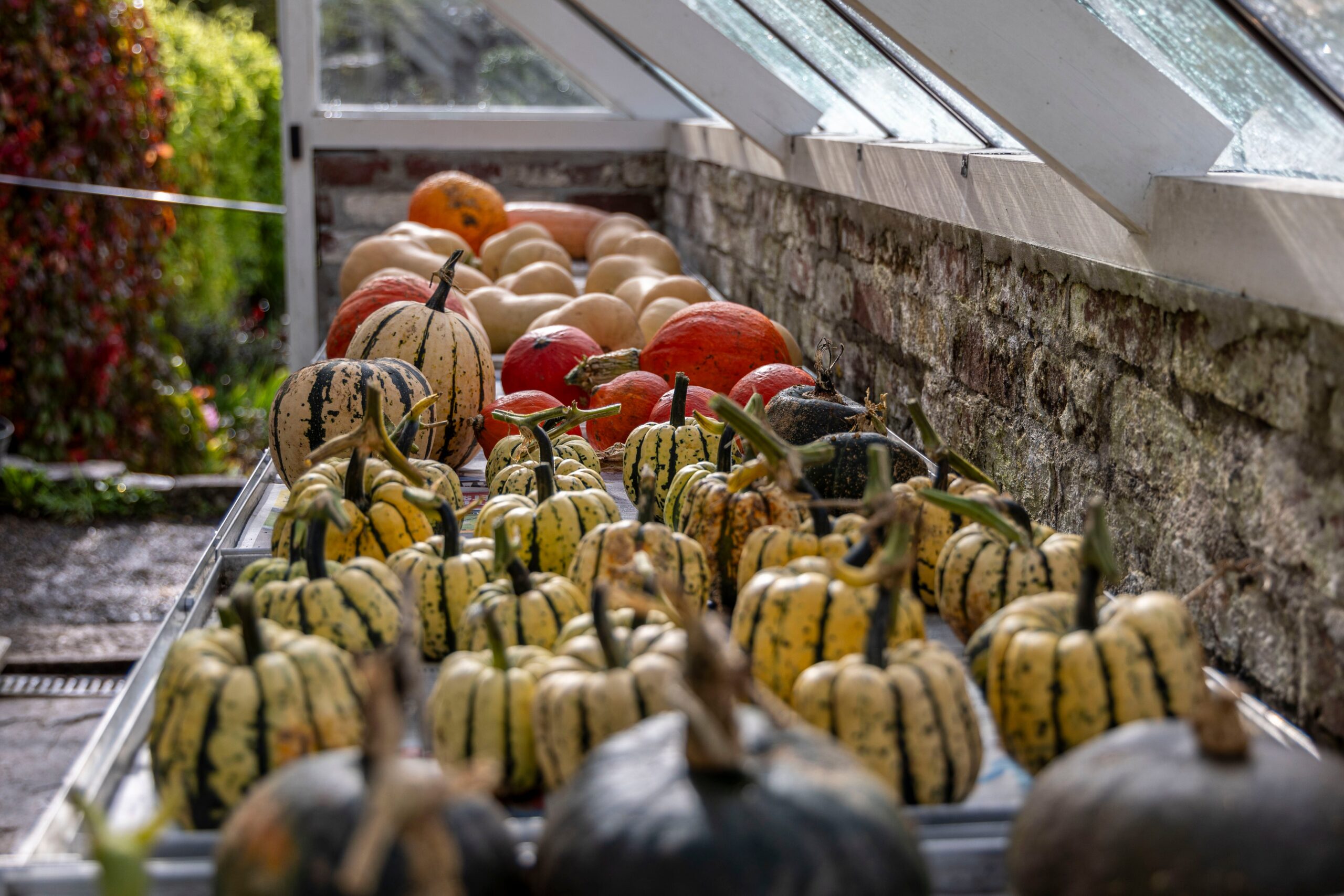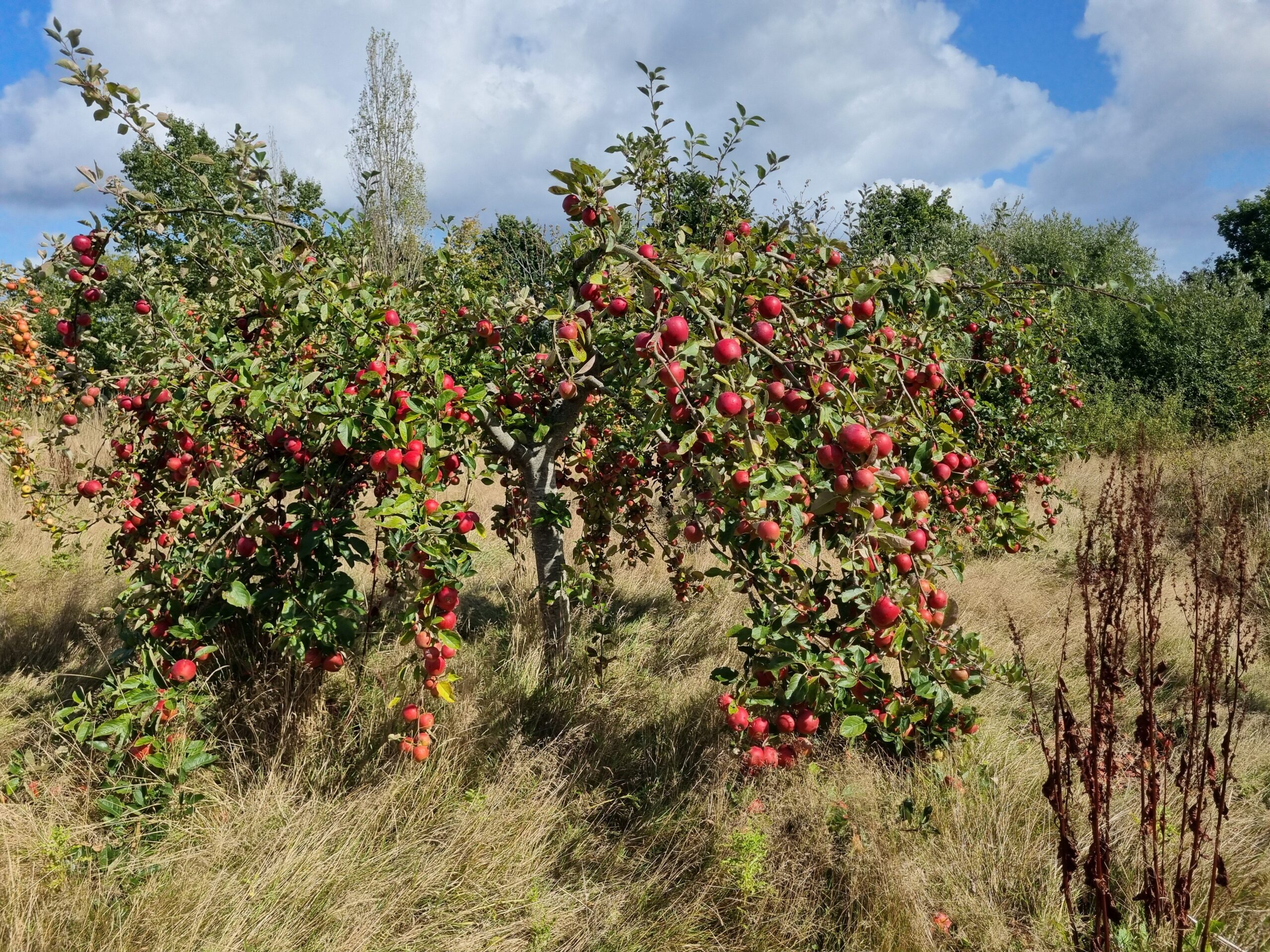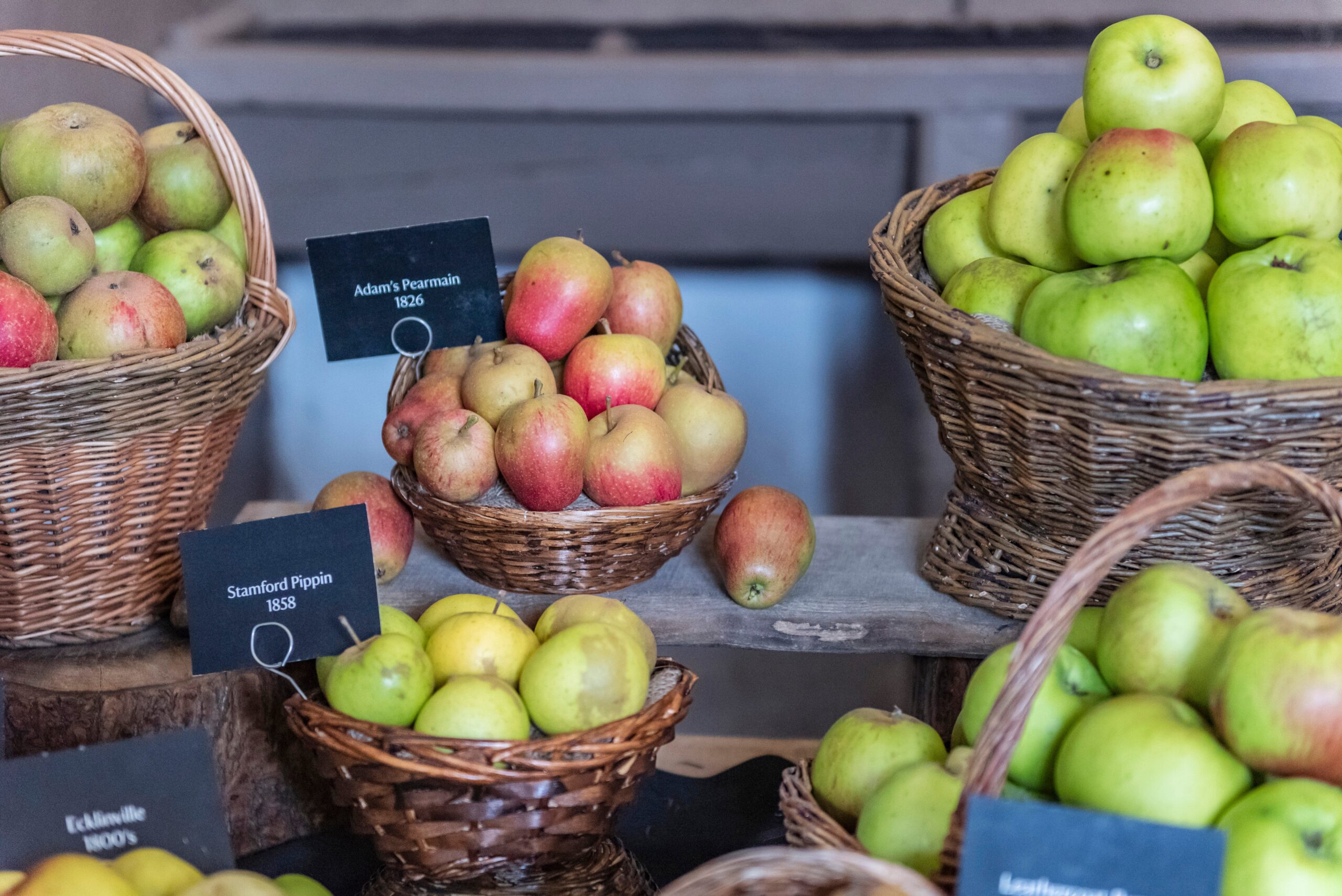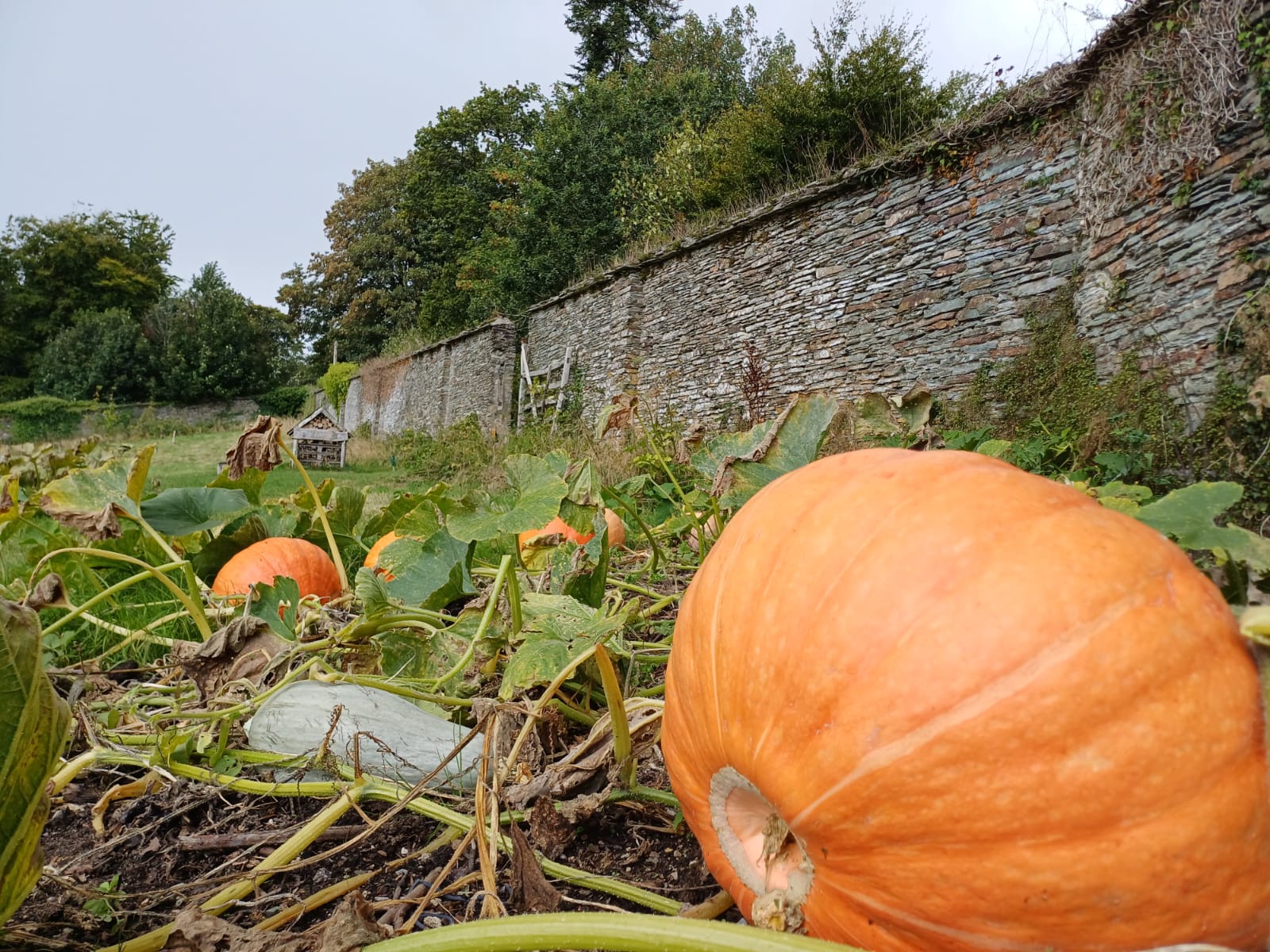Britain has yielded an unexpectedly abundant apple harvest this year, defying a summer of record-breaking heat and drought, experts confirm.
The National Trust reports bumper crops of orchard fruits and pumpkins, a stark contrast to last year’s poor yields when wet weather decimated fruit and slugs ravaged squash at sites like Kingston Lacey and Dunham Massey.
This year’s success is attributed to a unique combination of factors: last year’s damp conditions, a warm, dry spring, and plentiful summer sunshine.
While crops are ripening weeks earlier than usual, the Trust assures pumpkins will remain suitable for Halloween with careful storage.
These “near-perfect” conditions have also sparked a surge in public curiosity.
The Royal Horticultural Society (RHS) has received over 500 “mystery” apple varieties for identification this month alone – significantly more than in previous years. One sample even arrived over the fence at its Wisley garden after hours.

Jim Arbury, RHS fruit expert, has been working through the samples, and uncovering finds including lemon pippin, a dual purpose apple dating back to at least 1744 and “sops in wine”, a variety with pink-tinged flesh.
Samples also include oaken pin, a rare dessert apple native to Exmoor, and golden bittersweet, a historic cider apple variety, while there has also been a rise in pears submitted for identification including the rare “Alexandre Lambre”, a remnant of a lost London market garden.
The charity is inviting members of the public to bring their mystery apples to RHS gardens for expert identification at a series of “plot to plate” events this autumn.
Mr Arbury said: “Most people with apple trees don’t know which cultivars they are growing.
“Identification encourages care for existing trees and helps preserve rare heritage varieties.
“Once people know what they have, they are more likely to want to nurture these trees, many of which may prove resilient and valuable in our changing climate.”
The National Trust’s Rebecca Bevan said that while climate change had already brought very challenging growing conditions in recent years, with extremes of wet and dry weather, it was “heartening” that sometimes the conditions lead to good outcomes, such as this year’s fruit harvest.

“This year’s apple and other tree fruit harvests – including much of the abundance in hedgerows – is likely due to the wet conditions last year which meant trees were in good health when they began to make their flower buds in late summer.
“This was followed by a dry and sunny spring resulting in abundant flowers being pollinated by insects and forming fruit. Lots of sun over the summer was then ideal for ripening the fruit.
“Last year’s wet weather also recharged ground water levels, resulting in the soil staying moister for longer in many areas which probably helped plants like pumpkins get established despite the lack of rain,” she said.

Trust sites around the country are reporting a bumper harvest, from Cotehele in Cornwall where the trees have produced thousands of apples weeks earlier than expected to Erddig in Wales where the vintage apple crop is on target for double its usual two tonnes.
At Cotehele, head gardener David Bouch said: “A month ago, I wasn’t overly confident because the fruit was very small which is usually the case in very dry summers, but the apples have swollen quickly over the last couple of weeks, thanks to the rain we’ve had.”
Gardeners at Wightwick Manor and Gardens near Wolverhampton say apples are ripening around three weeks earlier, and are smaller, but abundant and noticeably sweeter than last year, while Beningbrough Hall in North Yorkshire has seen apples and pear trees yielding at least 25% more fruit than normal.

And pumpkins are also delivering a bumper harvest at places such as Buckland Abbey near Plymouth in Devon, where gardeners report having around 50% more squash and pumpkins than normal, and are harvesting them around six weeks early.
Experts advise gardeners to pick their pumpkins with a bit of stalk attached, and then place in a dry, well-ventilated spot such as a greenhouse or sunny windowsill to dry out for a couple of weeks to help the skin “cure” or harden, and they can then be kept until Halloween or beyond.
